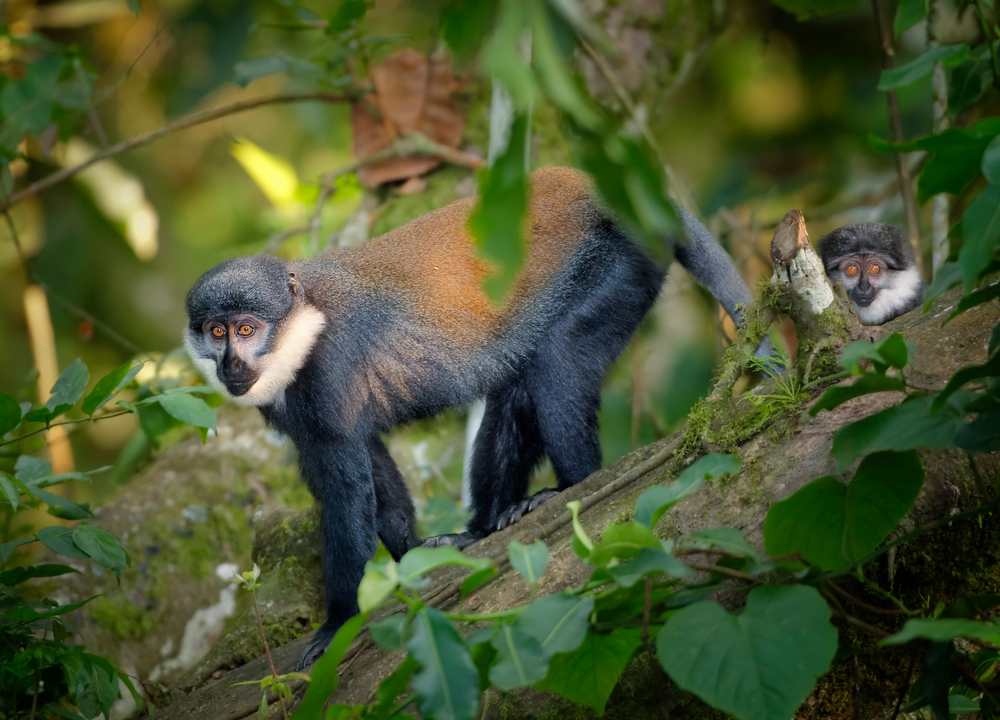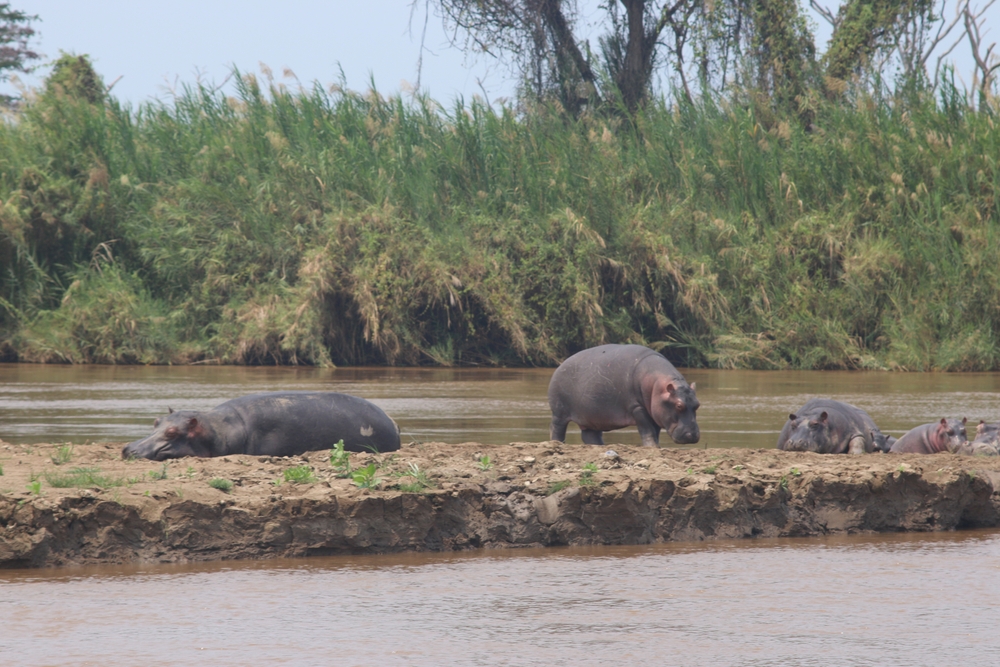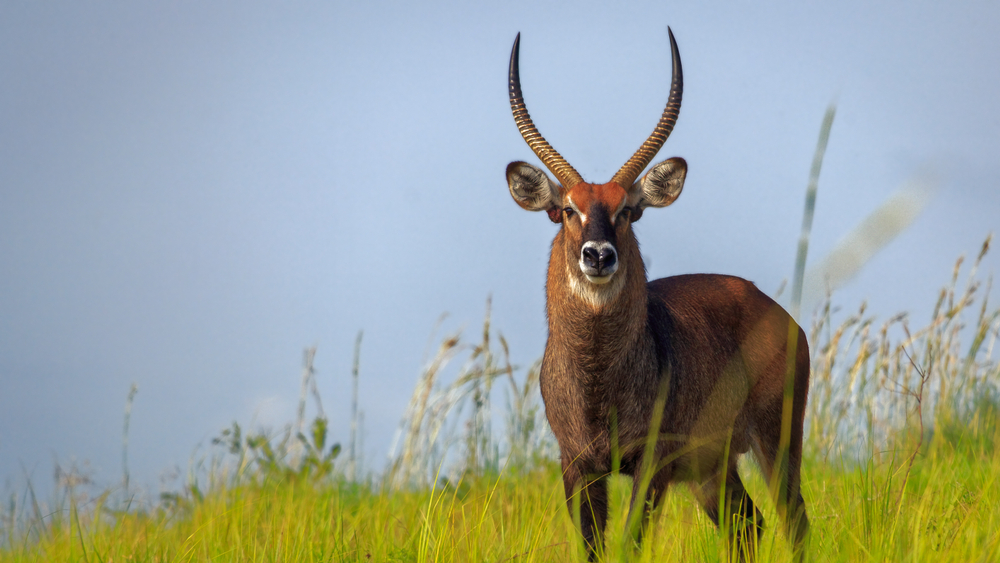Burundi, a small landlocked country in East Africa, boasts a handful of national parks that preserve its unique biodiversity and natural landscapes. Despite its modest size, the country is home to two officially designated national parks: Kibira National Park and Ruvubu National Park. These parks highlight the country’s ecological diversity, ranging from montane forests to expansive savannas, and provide critical habitats for various plant and animal species. Burundi’s national parks play a vital role in both conservation and offering opportunities for eco-tourism, even as they face challenges linked to deforestation, agricultural encroachment, and political instability.
Kibira National Park is a montane rainforest located in the northwestern part of the country. Covering over 400 square kilometers, the park is part of the larger Congo-Nile Divide forest region, which is crucial for regional biodiversity. It is known for its dense forest canopy, home to primates like colobus monkeys and chimpanzees, as well as a wide variety of bird species. The park also protects important water catchment areas that feed into Lake Tanganyika, one of the African Great Lakes. The forest’s serene environment attracts eco-tourists and researchers interested in studying its unique flora and fauna.
Ruvubu National Park, the largest park in Burundi, spans an area of approximately 508 square kilometers. Located along the Ruvubu River in the northeastern part of the country, this park is characterized by rolling savannas and riverine forests. It provides a haven for a variety of wildlife, including hippos, crocodiles, and numerous antelope species. Birdwatchers are drawn to Ruvubu for its incredible avian diversity, with over 400 bird species recorded. The park plays a critical role in protecting the ecosystems of the Ruvubu River and serves as a corridor for wildlife movement in the region.
While Burundi’s national parks are rich in natural beauty, they face significant conservation challenges. Deforestation for agriculture and illegal logging threatens the delicate ecosystems in Kibira National Park, while poaching and human encroachment are ongoing issues in Ruvubu National Park. Nevertheless, efforts have been made to strengthen conservation initiatives, including community involvement in park management and awareness campaigns to promote sustainable practices. Recent successes include increased wildlife sightings in some areas, a promising sign of recovery for certain species.
Burundi’s national parks are not only vital for conserving its natural heritage but also hold potential for eco-tourism development, which could boost the country’s economy while protecting its biodiversity. Travelers and conservationists alike find these parks to be hidden gems in the heart of East Africa.













































































